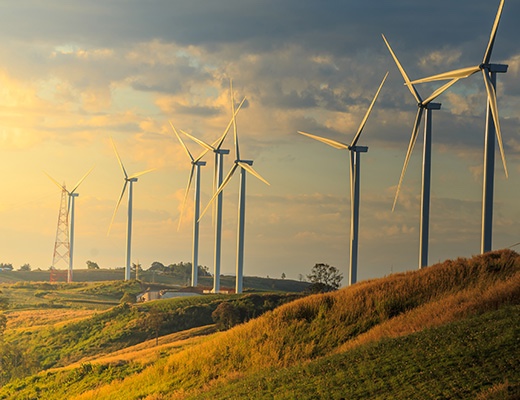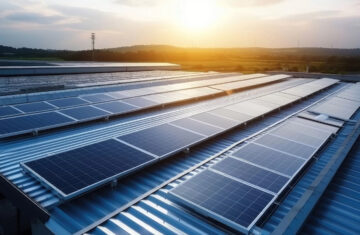The Booming Green Energy Economy: Sustainable Growth and Lucrative Opportunities
The Rise of Renewable Power
The global shift towards renewable energy sources has been gathering momentum in recent years, driven by a growing awareness of the environmental and economic benefits of sustainable power generation. According to the International Energy Agency (IEA), renewable energy sources accounted for 29% of global electricity generation in 2021, up from just 19% a decade earlier. This rapid expansion has been fueled by a combination of technological advancements, favorable policies, and increasing cost-competitiveness of renewable energy.
The Falling Costs of Renewable Energy
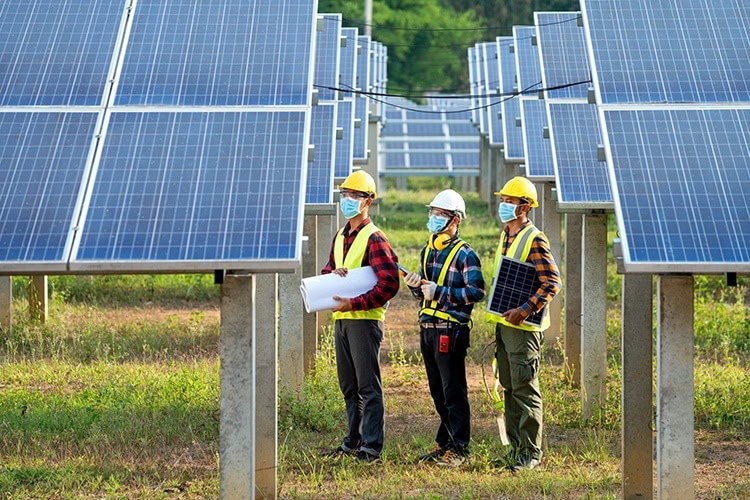
One of the key factors behind the surge in renewable energy deployment has been the steady decline in the costs of these technologies. The International Renewable Energy Agency (IRENA) reports that the global weighted-average levelized cost of electricity (LCOE) from utility-scale solar photovoltaic (PV) projects fell by 85% between 2010 and 2021, from $0.378 per kilowatt-hour (kWh) to $0.057 per kWh. Similarly, the LCOE for onshore wind projects declined by 56% over the same period, from $0.079 per kWh to $0.035 per kWh.
The Policy Landscape
Governments around the world have played a significant role in driving the growth of the renewable energy sector through various policy interventions. These include renewable energy targets, feed-in tariffs, tax incentives, and emissions trading schemes. The European Union, for instance, has set a target of achieving at least a 32% share of renewable energy in its total energy consumption by 2030. In the United States, the Biden administration has set a goal of achieving 100% carbon-free electricity by 2035.
The Economic Impacts of the Green Energy Transition
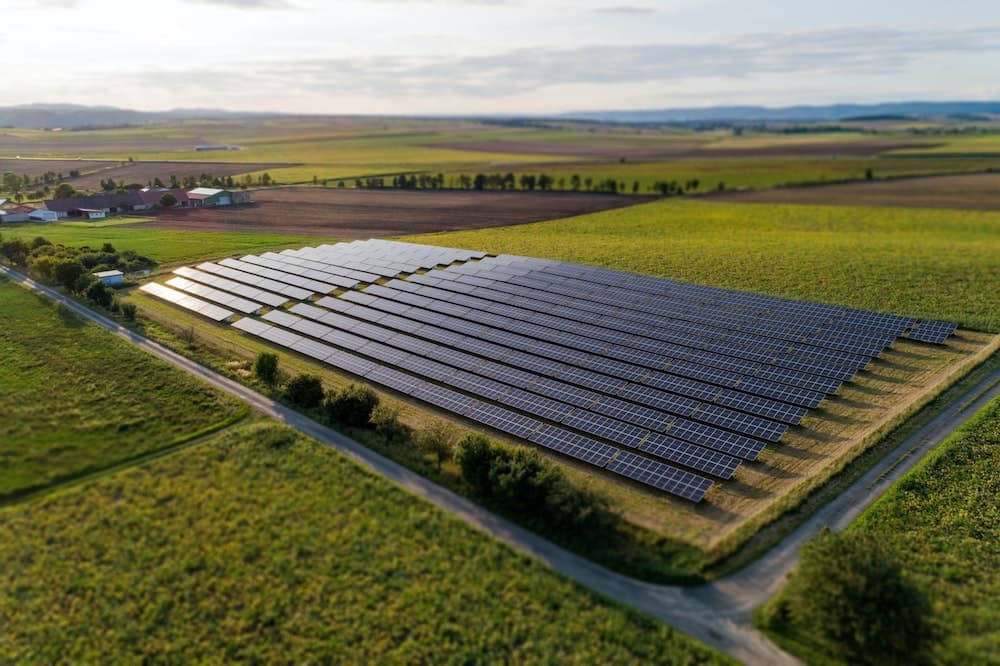
The shift towards renewable energy has far-reaching economic implications, both in terms of job creation and broader macroeconomic effects.
Job Creation in the Renewable Energy Sector
The growth of the renewable energy industry has led to a significant increase in employment opportunities. According to the International Renewable Energy Agency (IRENA), the global renewable energy industry employed 12.7 million people in 2021, up from 11.5 million in 2019. The solar PV and wind power sectors accounted for the largest shares of renewable energy employment, with 4.3 million and 1.3 million jobs, respectively.
Macroeconomic Benefits of the Green Transition
The transition to renewable energy can also have broader macroeconomic benefits. A study by the International Monetary Fund (IMF) found that a 1 percentage point increase in the share of renewable energy in a country’s total primary energy supply is associated with a 0.1 percentage point increase in real GDP growth. This is attributed to the positive impacts of renewable energy investment on productivity, job creation, and energy security.
The Role of Green Finance
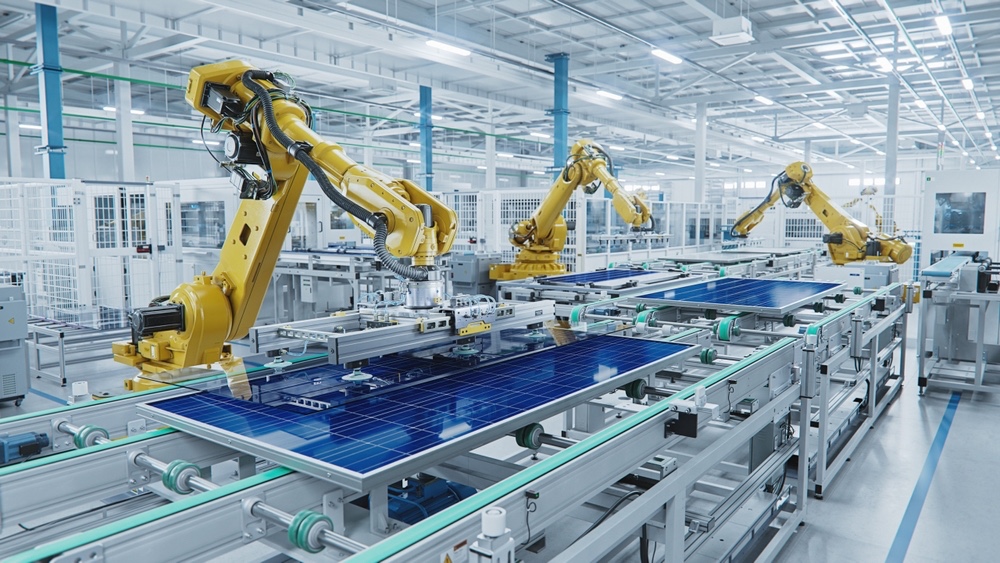
The financing of the green energy transition has become increasingly important, with the emergence of various green finance instruments, such as green bonds, green loans, and sustainability-linked loans. According to the Climate Bonds Initiative, the global green bond market reached a new record of $522 billion in 2021, up from $313 billion in 2020. This influx of capital has been crucial in supporting the deployment of renewable energy projects and other sustainable initiatives.
Challenges and Opportunities in the Green Energy Sector
While the green energy sector has experienced remarkable growth, it also faces a number of challenges and opportunities that will shape its future trajectory.
Grid Integration and Energy Storage
One of the key challenges facing the renewable energy sector is the integration of variable renewable sources, such as solar and wind, into the existing electricity grid. Effective energy storage solutions and grid modernization efforts are crucial to ensuring the reliable and efficient integration of renewable energy.
The Need for Skilled Workforce
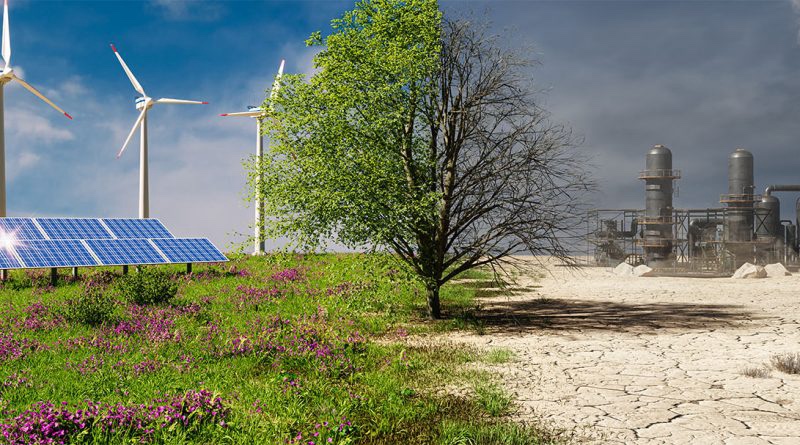
As the renewable energy sector continues to expand, there is a growing demand for a skilled workforce to meet the industry’s labor requirements. This includes roles in engineering, construction, operations, and maintenance. Investments in education, training, and workforce development will be essential to support the industry’s growth.
Scaling Up Renewable Energy Manufacturing
To meet the growing global demand for renewable energy technologies, there is a need to scale up manufacturing capabilities, particularly in areas such as solar PV panels, wind turbines, and energy storage systems. Governments and industry stakeholders can play a key role in supporting the development of robust supply chains and manufacturing hubs.
Opportunities in Emerging Technologies
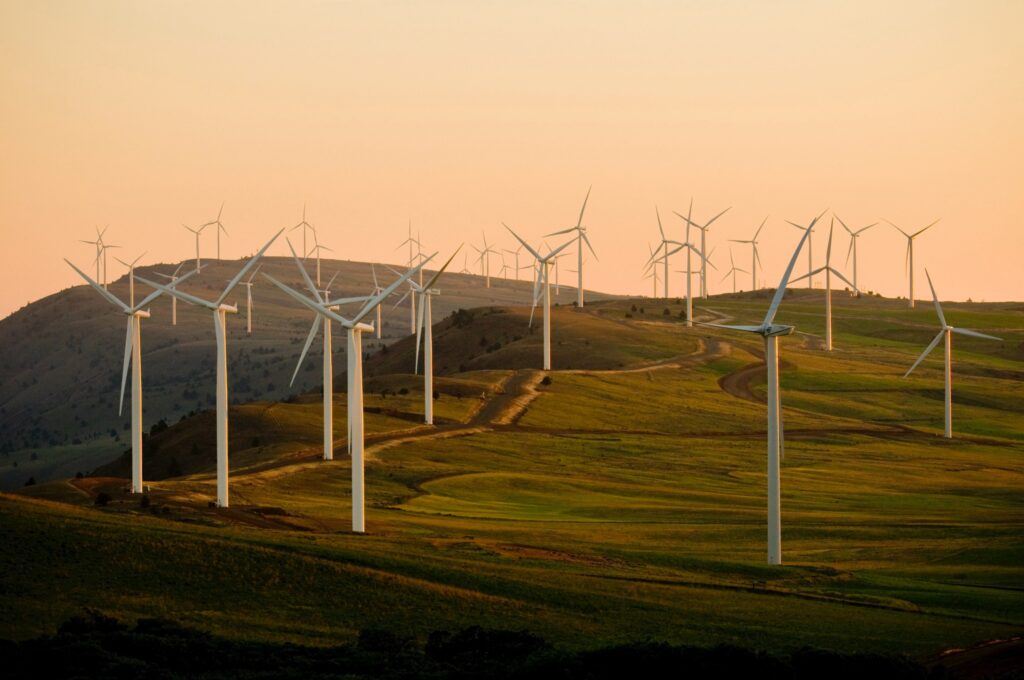
The green energy sector is also poised to benefit from the continued development of emerging technologies, such as floating offshore wind, green hydrogen, and advanced battery storage. These innovations have the potential to unlock new market opportunities and drive further cost reductions, ultimately accelerating the transition to a sustainable energy future.
Conclusion
The economic impacts of the green energy industry are profound and far-reaching. From job creation and GDP growth to the development of new financing instruments and technological advancements, the renewable energy sector is a powerful engine of sustainable economic development. As the world continues to grapple with the challenges of climate change, the green energy industry offers a promising pathway towards a more resilient and prosperous future.
